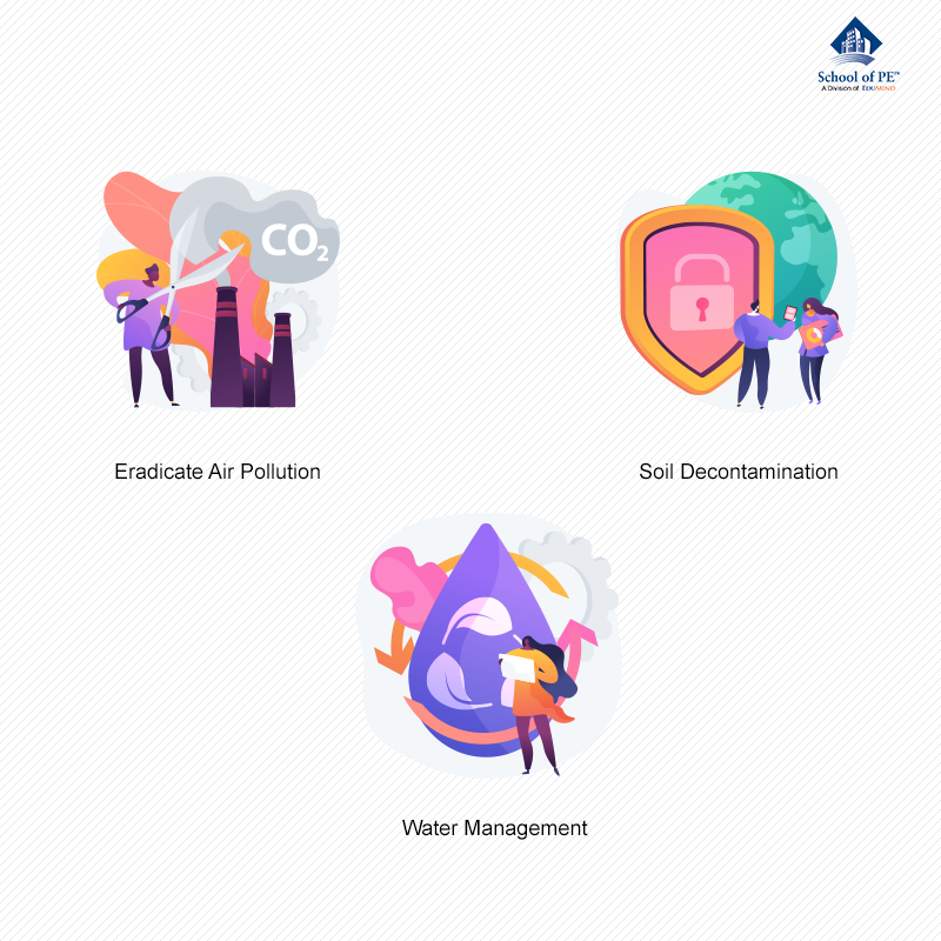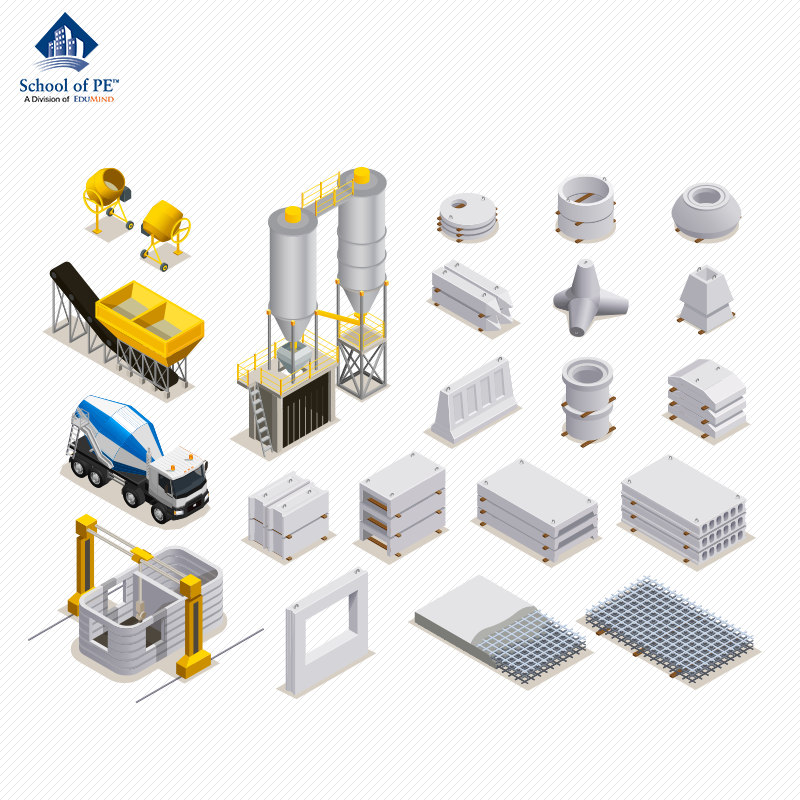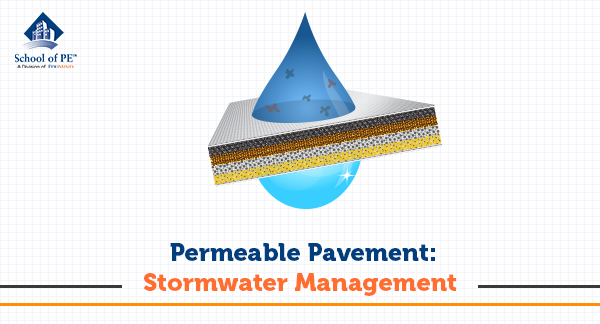NPDES PERMITTING 101
If you work in the Design or Construction industry, you’ve heard of the National Pollutant Discharge Elimination System (NPDES) permitting. Many projects require an NPDES permit and this is all dependent on specific project parameters such as the scope of work, proximity of the project, and/or the potential adverse effects to the environment. This permit






